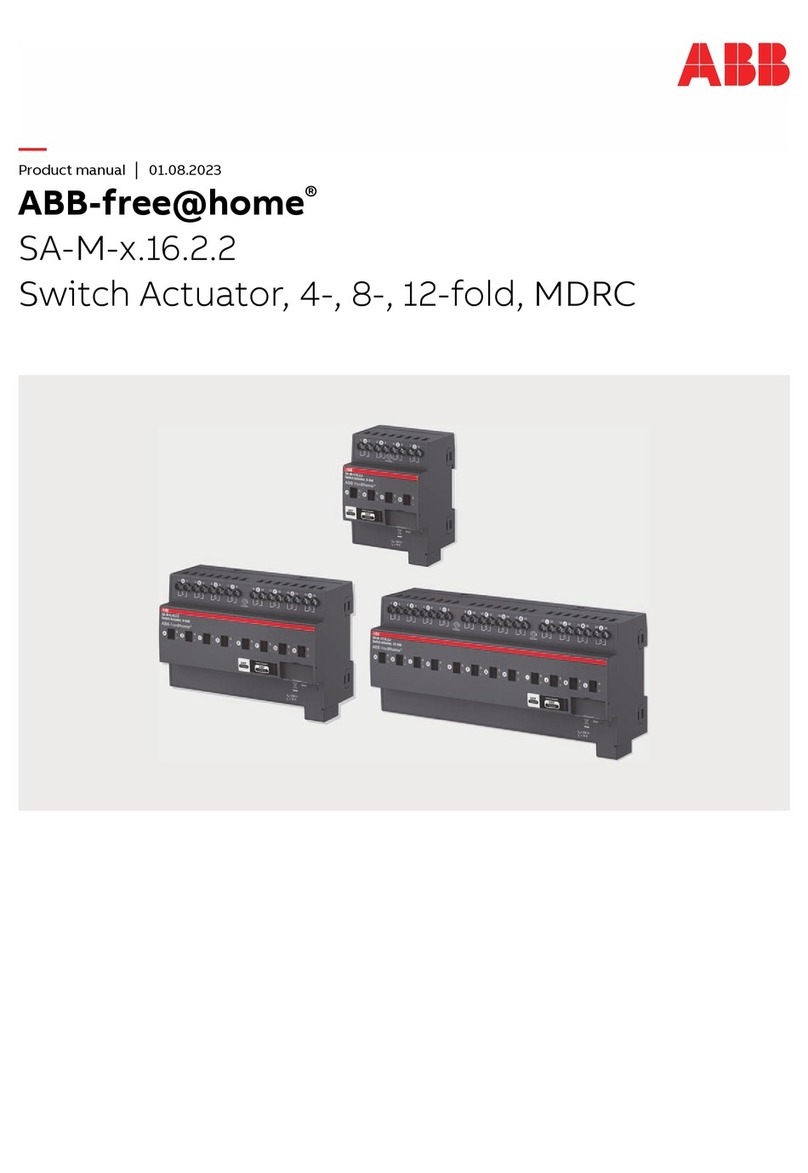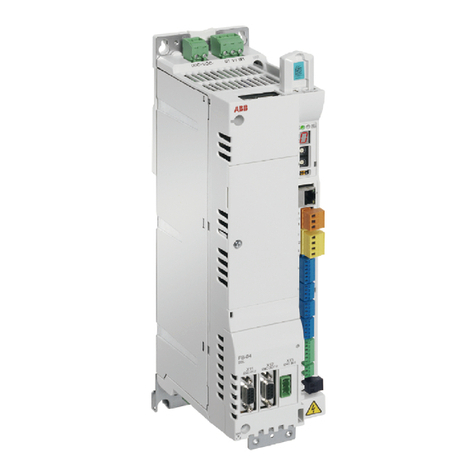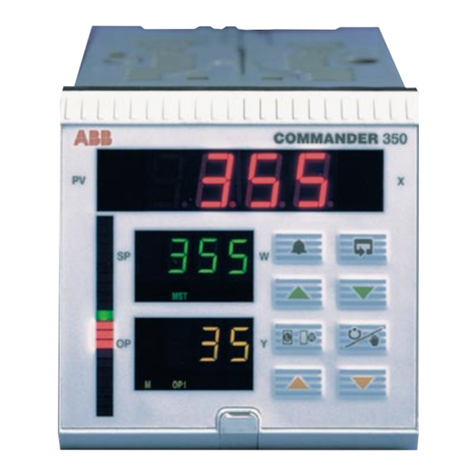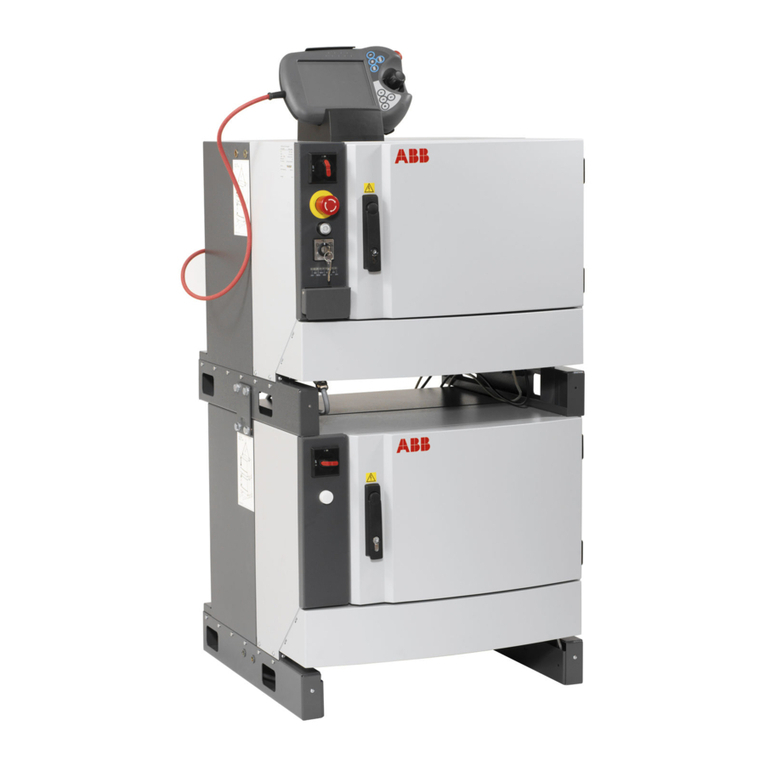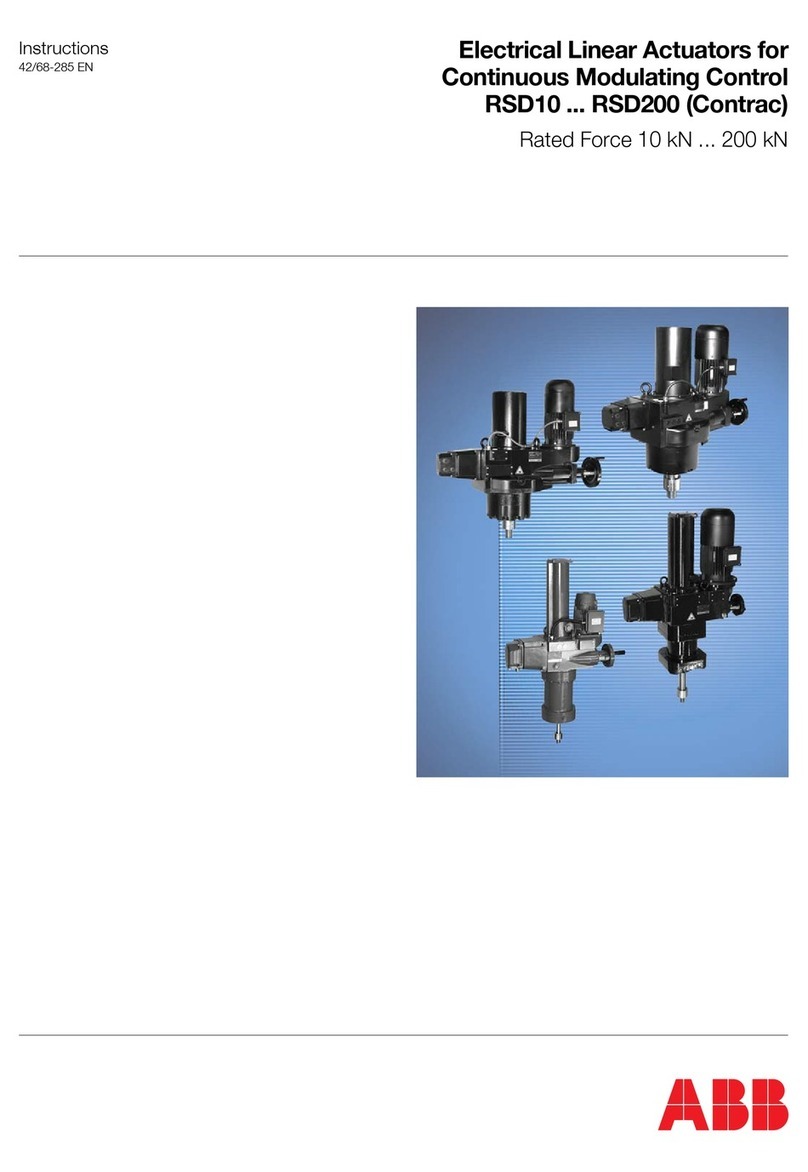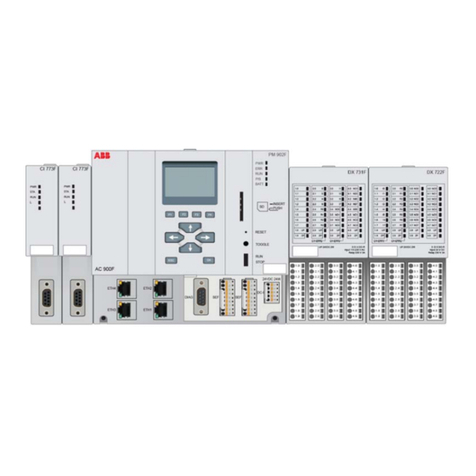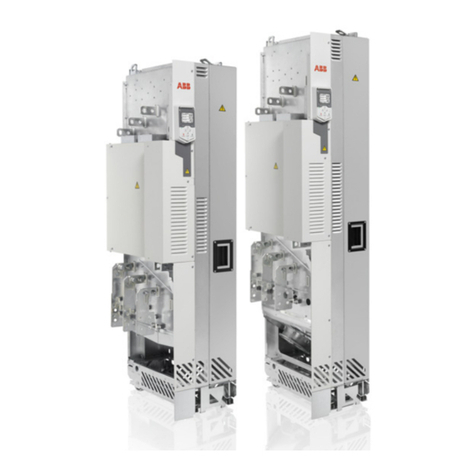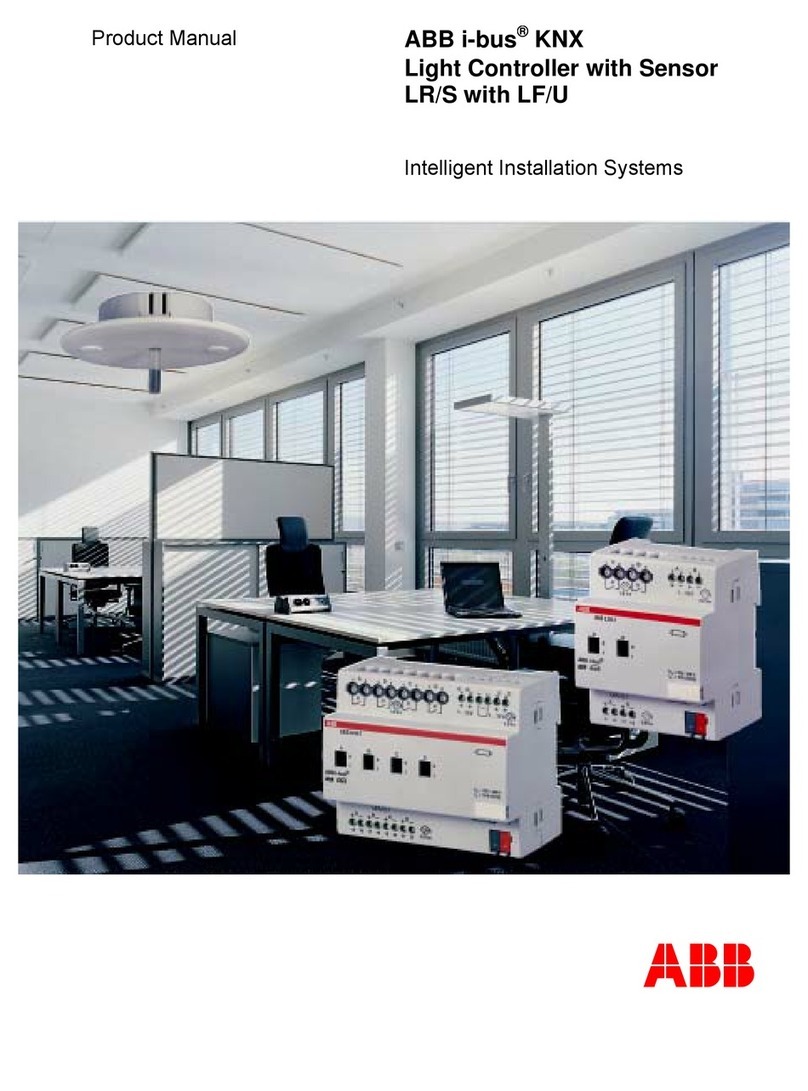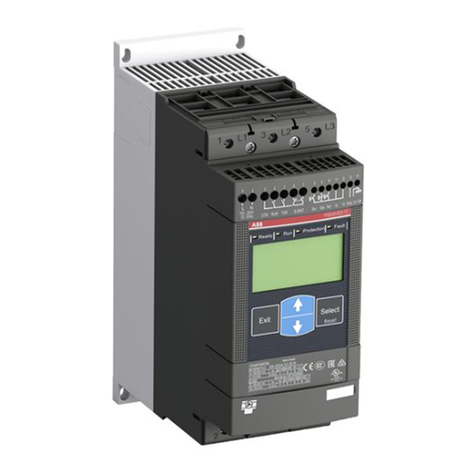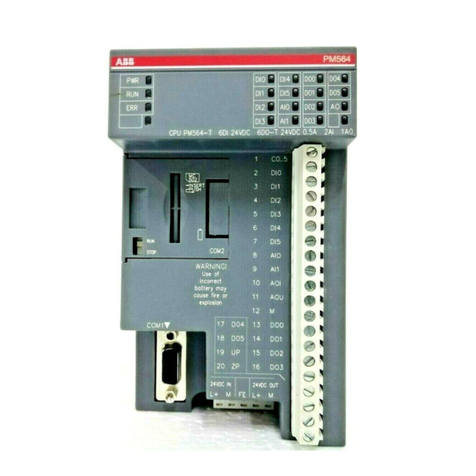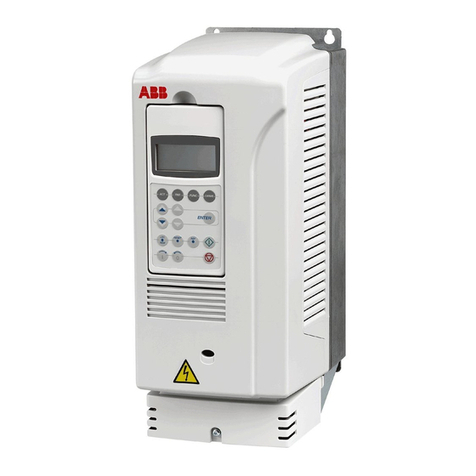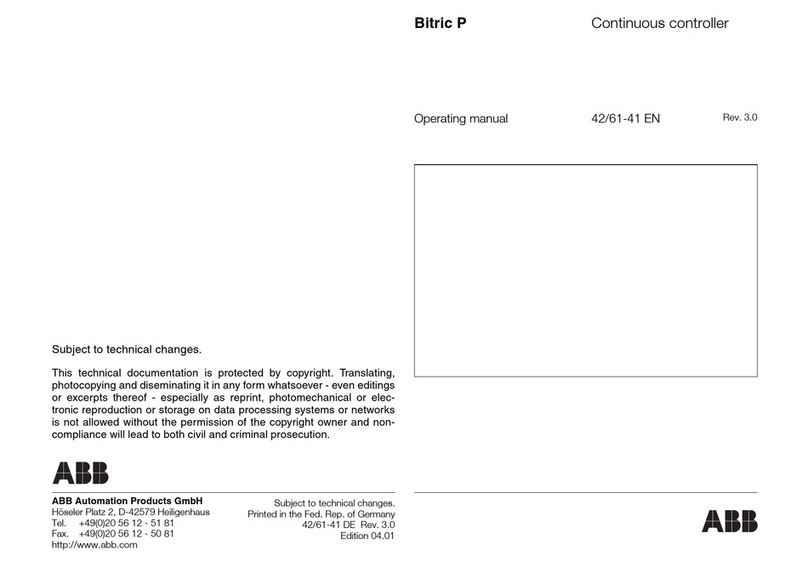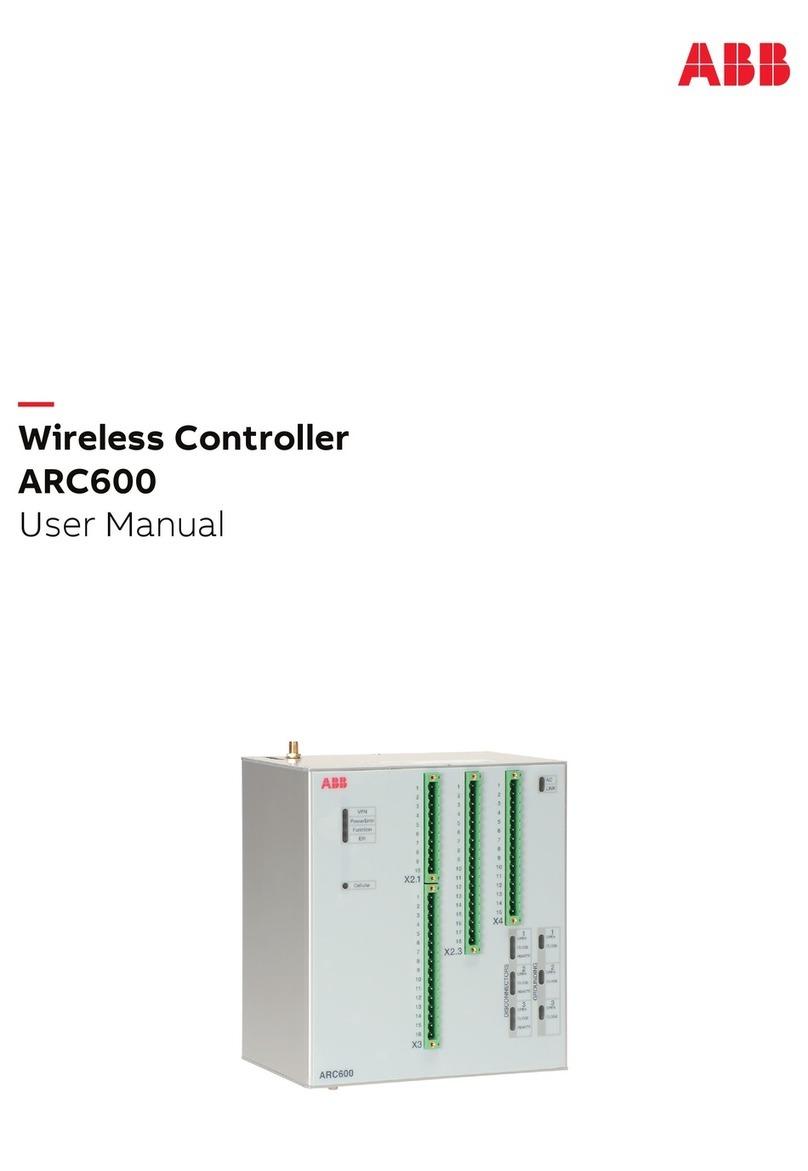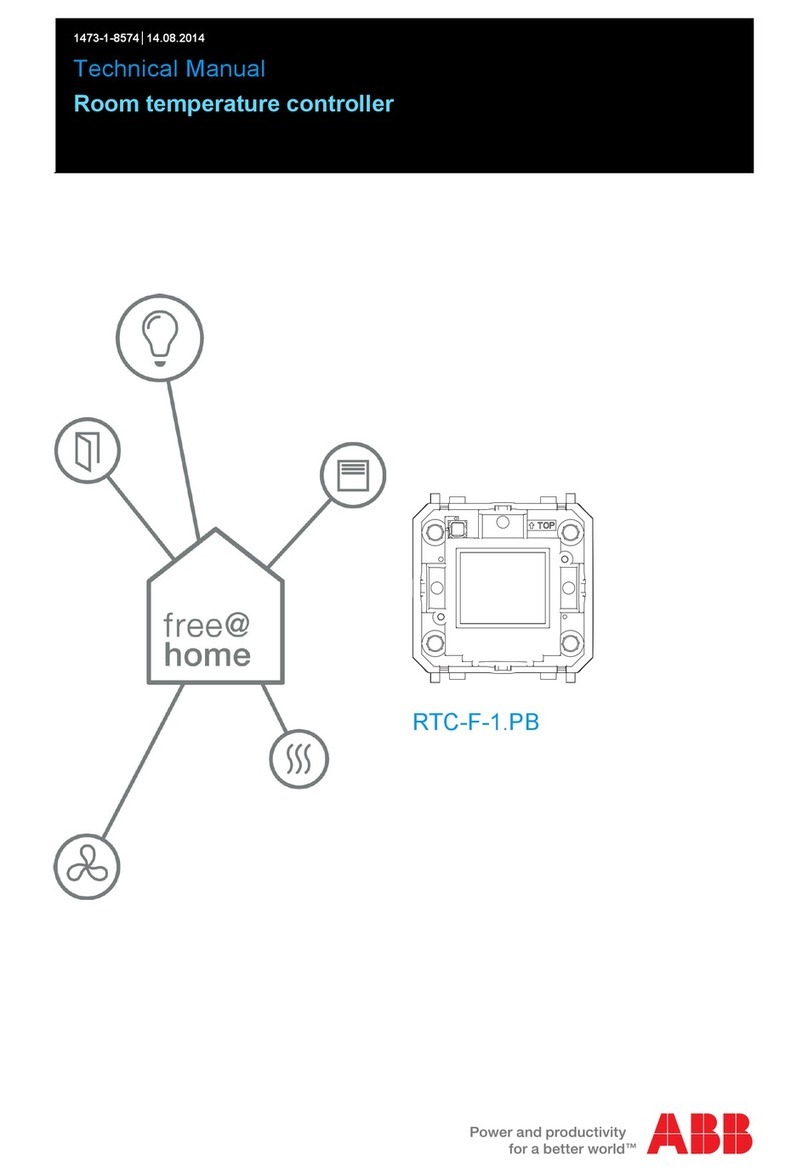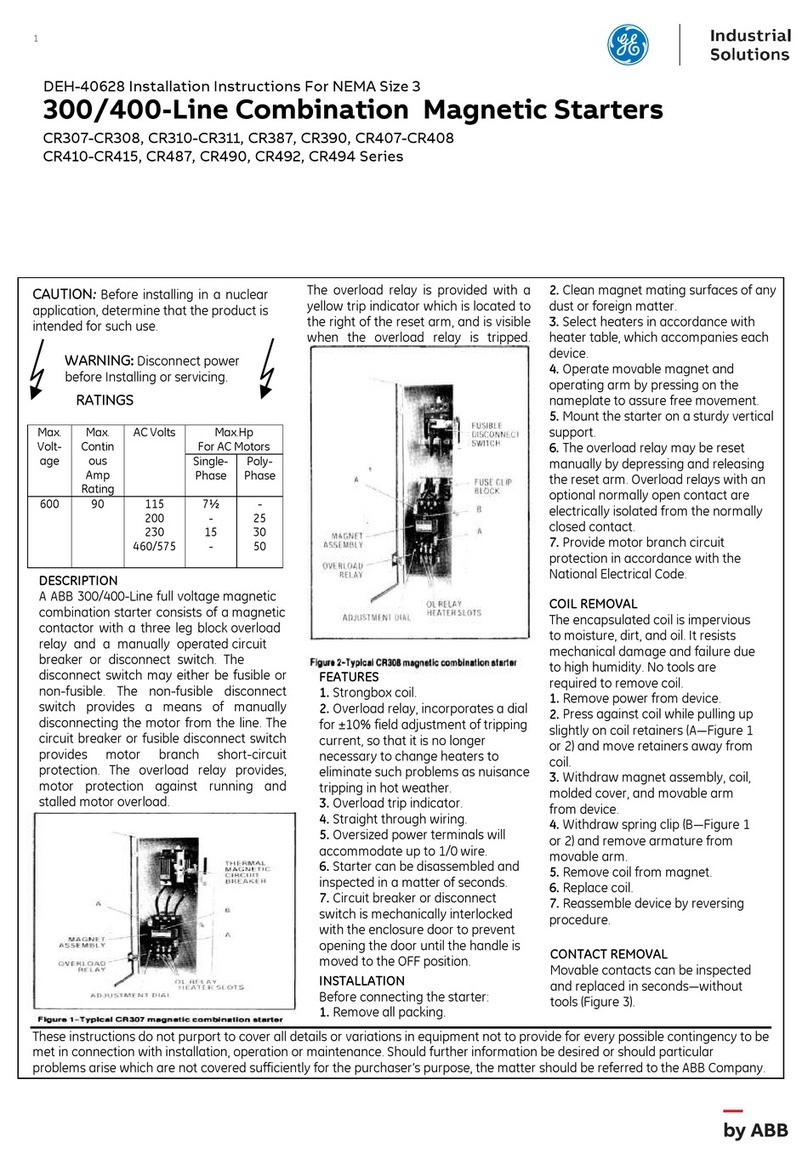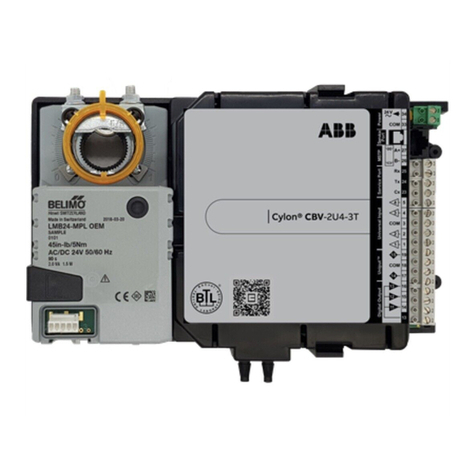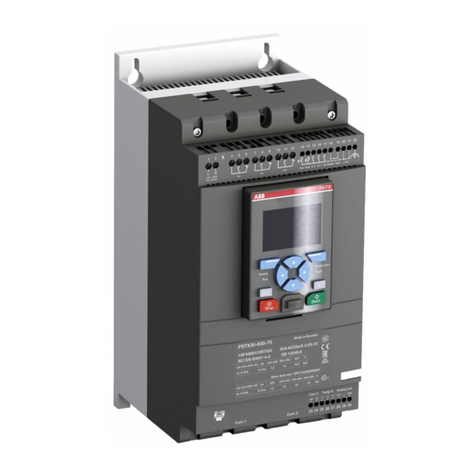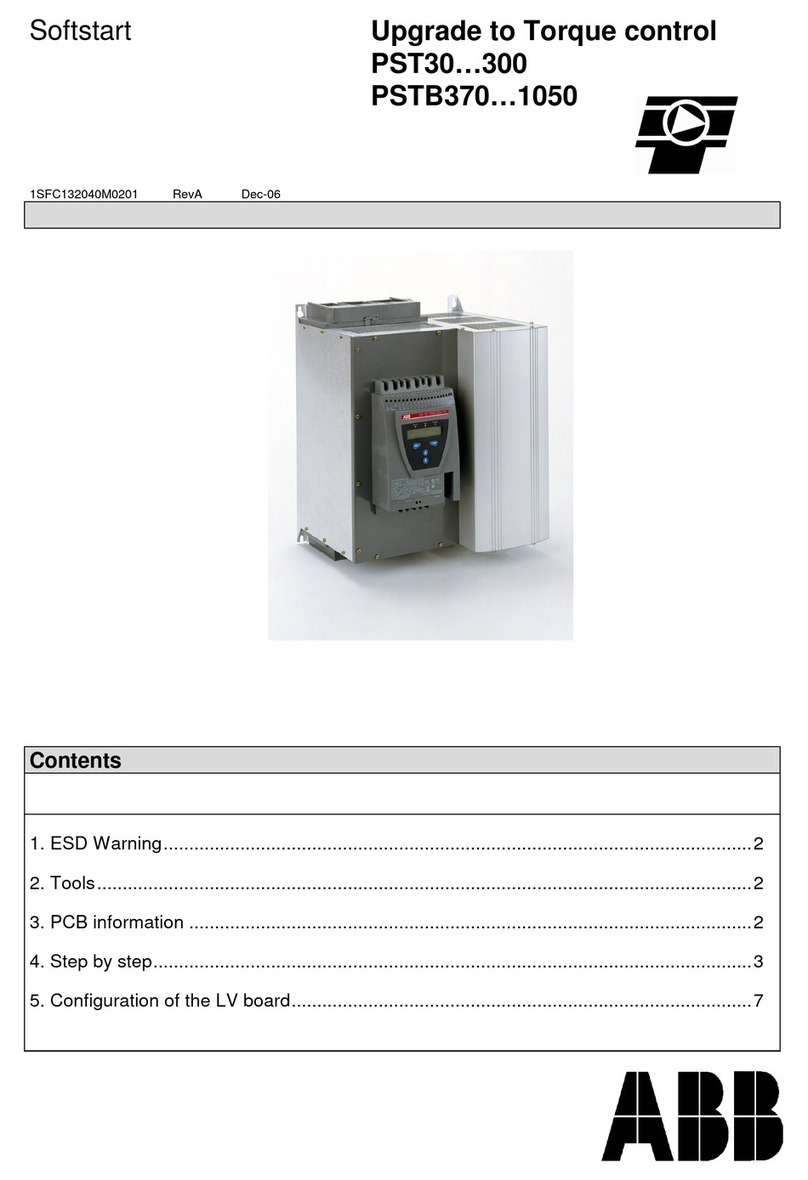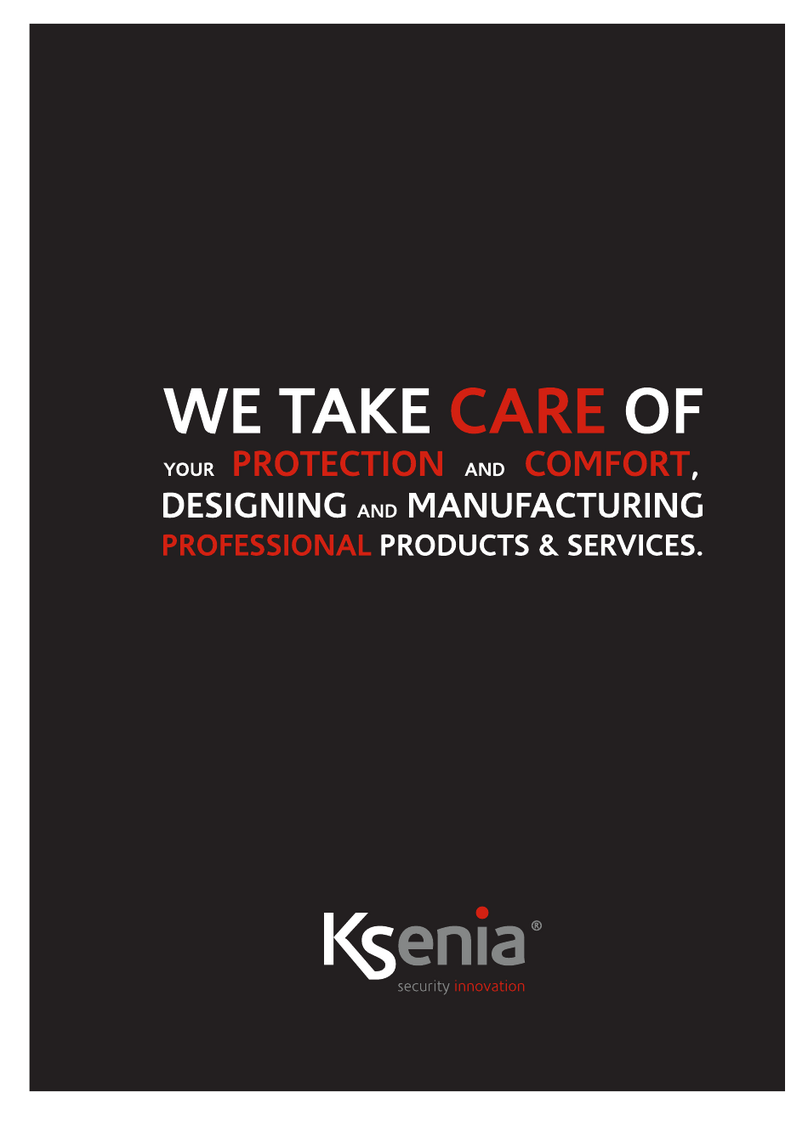
2
remove armature from movable arm.
5. Remove coil from magnet.
6. Replace coil.
7. Reassemble device by reversing
procedure.
Contact removal
Movable contacts can be inspected
and replaced in seconds —without
tools (Figure 3).
1. Perform steps 1 through 5 under
“Coil removal.”
2. Remove magnet from molded cover
and movable arm.
3. Remove return spring from center
of movable arm.
4. Remove molded cover from movable
arm.
5. Depress and slide movable contact,
spring and spring seat from movable
arm.
6. Remove screws holding stationary
contacts in place and remove
stationary contacts
7. Reassemble device by reversing
procedure.
NOTE: Do not attempt to remove or
replace arc traps in arc chute cover.
chute cover will only fit one way and is
marked “TOP” in upper right-hand corner.
Magnet and movable arm will fit either
way but will be quieter if reassembled
the same way they were taken apart.
Check for welded contacts
in overload relay
This feature permits maintenance
personnel to check for welded relay
contacts by simply depressing the white
operator located at the top of the overload
the reset condition, an audible “click” will
be heard when the operator is depressed,
indicating that the contacts are operating
normally. A continuity check can also be
made by disconnecting the control wiring
from the terminals of the relay and placing
a bell set or a resistance measuring
instrument in the circuit. Connecting
either of these across the relay terminals
will indicate the relay contact is closed
until the contact-check operator is
depressed, opening the circuit. The
exclusive manual contact operation check
gives positive assurance that contacts
have not welded due to short circuits in
the control wiring.
Simple maintenance
require virtually no corrective
maintenance. Preventive maintenance
will assure many years of dependable
on-line service.
1. Always remove power from device
before performing any maintenance.
2. Keep magnet mating surfaces free
of accumulated dirt or dust.
mating surfaces.
4. Contacts are carefully designed for
maximum life. They need only be
replaced when nearly all the silver tip
is gone and the contact tip support is
exposed. DO NOT FILE the contacts.
Filing or otherwise dressing the
contacts only results in lost tip material
and reduces contactor or starter life.
5. The ultimate tripping current of the
installed relay heater can be adjusted
±10% by using adjustment dial.
—
Replacement coils
Frequency 115–120 V 200/208 V 230 –240 V – 460–480 V 575–600 V
–
Frequency 110 V – 220 V 380 V 440 V 550 V
–
—
Accessory kits
First NO auxiliary contact for contactor (right-side mounting)
First NC auxiliary contact for contactor (right-side mounting)
First NO-NC auxiliary contact for contactor (right-side mounting)
Additional NO auxiliary contact for all forms
Additional NC auxiliary contact for all forms
Pushbutton, START-STOP
Selector switch, H-O-A
Selector switch, OFF-ON
Indicating light
Control circuit fuse
Surge suppressor
—
Figure 3 — reference diagram (representation only)
Stationary
contact
screws
Stationary
contacts
Movable
contacts
Movable arm
return spring
(not shown)
Spring seat
Spring
